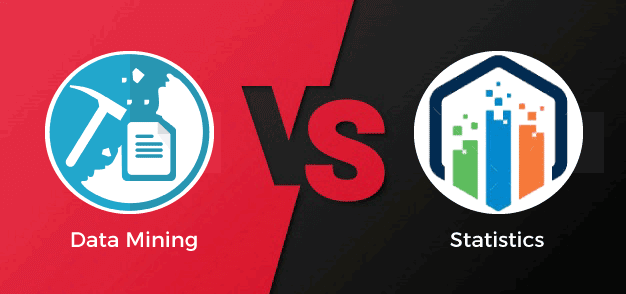Difference Between Data Mining and StatisticsAnalyzing previous and present data is all about predicting future issues. Many organizations use data mining and statistics to make data-driven decisions which are the primary part of data science. Both terms data mining and statistics are a bit confusing since it sounds similar, but it is different. Statistics form the major part of data mining, which includes the overall procedure of data analysis. In this article, we will discuss what data mining is, statistics, and the difference between data mining and statistics. What is Data Mining?Data mining is a process of extracting useful information, pattern, and trends from huge data sets and utilizes them to make a data-driven decision. Data mining comprises various processes, such as web mining, text mining, and social media mining. Data mining can be done through simple or complex software. Data mining is known as Knowledge Discovery in Data (KDD). Process of Data MiningThe data mining process is divided into five categories Information Gathering: Identify information from huge data sets and update it to decentralized data warehouses. Store and Manage Data: This step stores data in distributed storage, in-house servers, or the cloud (e.g., Azure). Modeling: Modeling involves the business team; subject matter experts will access the data, apply sampling and transmission in data, and remove all the irrelevant and incomplete data. Deployment Models: In this stage, a deployment plan is made that helps to manage the data mining model. Visualize Data: In this stage, data presentation in different formats takes place so that the end-users can easily understand. For example, graphs, charts, models, decision tree format, etc. What are Statistics?Statistics refers to the analysis and presentation of numeric data, which is the major part of all data mining algorithm. It provides tools and analytics techniques to deal with a huge amount of data. Statistics incorporates planning, designing, gathering information, analyzing, and reporting research findings. Due to these statistics is not only limited to mathematics, but a business analyst also uses statistics to solve business problems. Difference between data mining and Statistics
Next TopicData Mining vs Web Mining
|
 For Videos Join Our Youtube Channel: Join Now
For Videos Join Our Youtube Channel: Join Now
Feedback
- Send your Feedback to [email protected]
Help Others, Please Share










